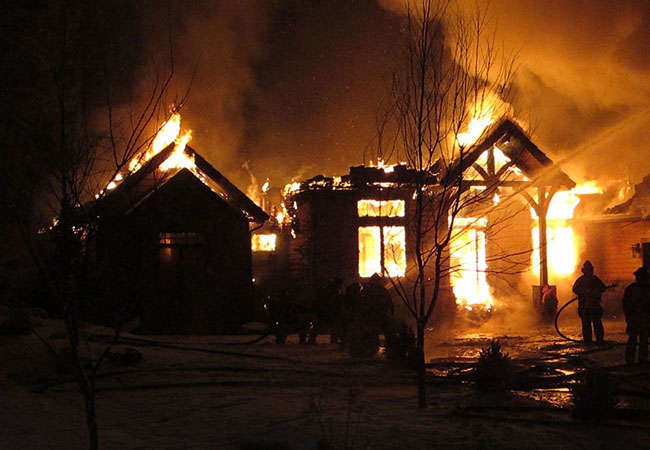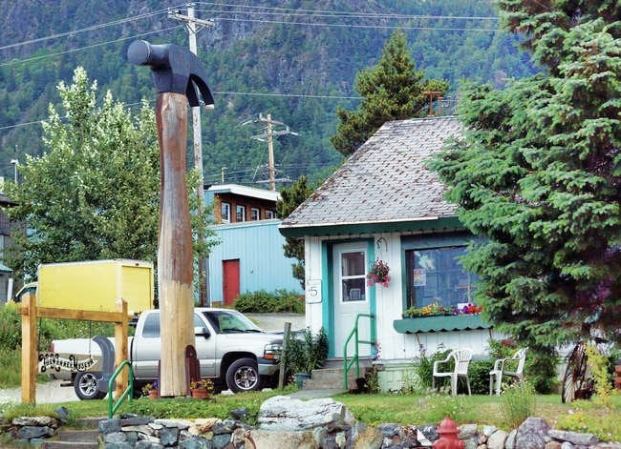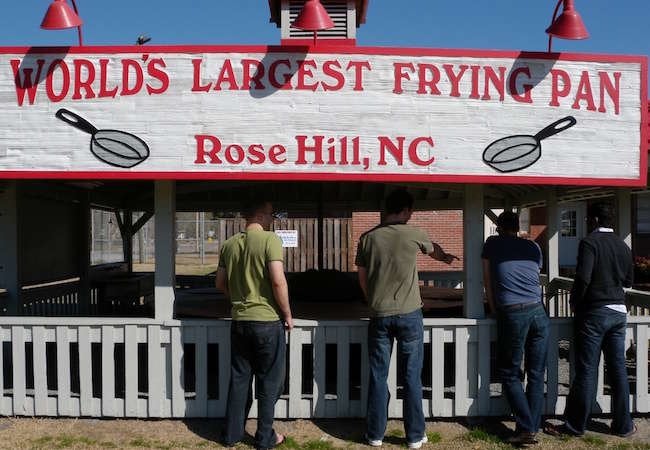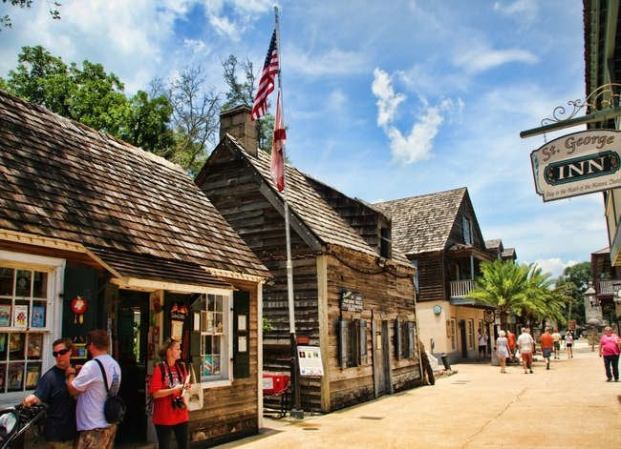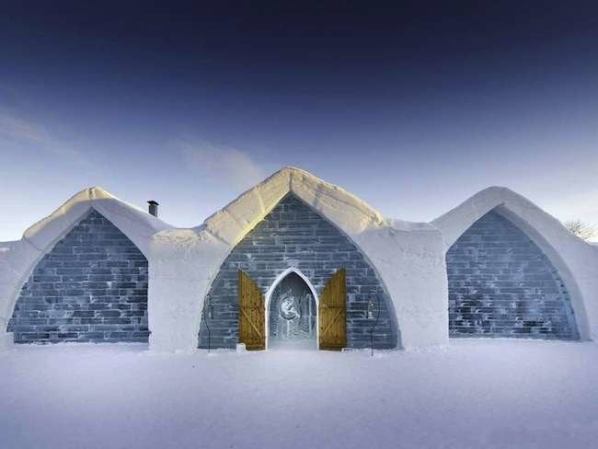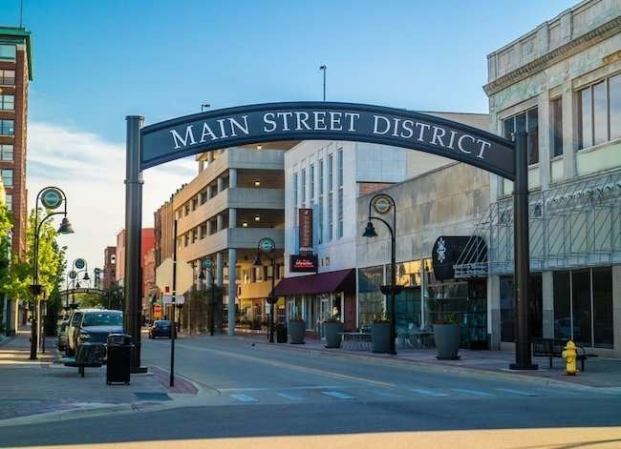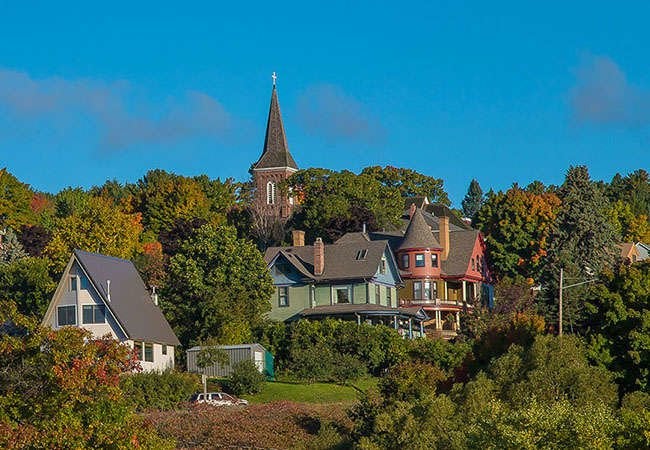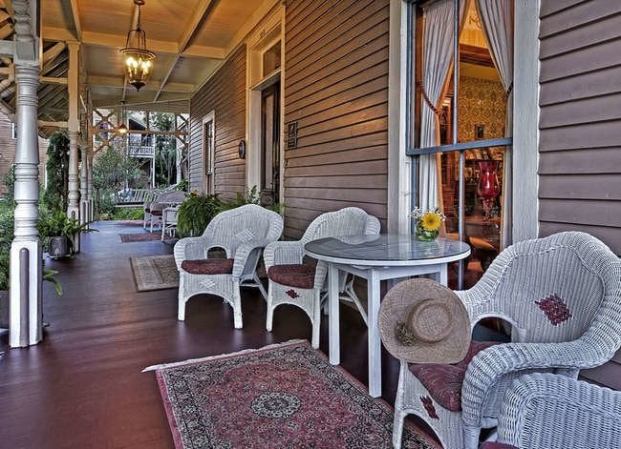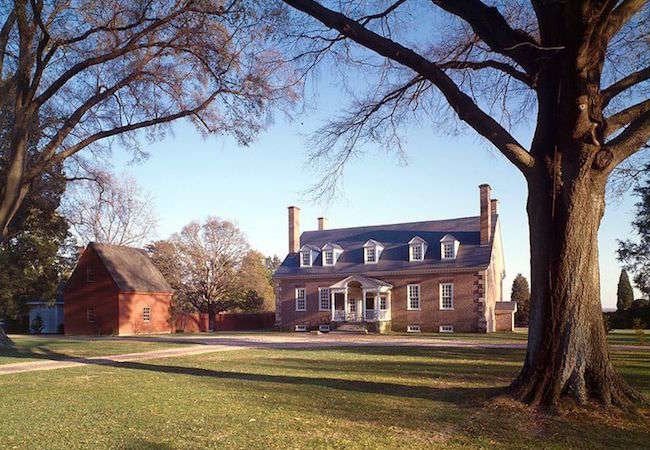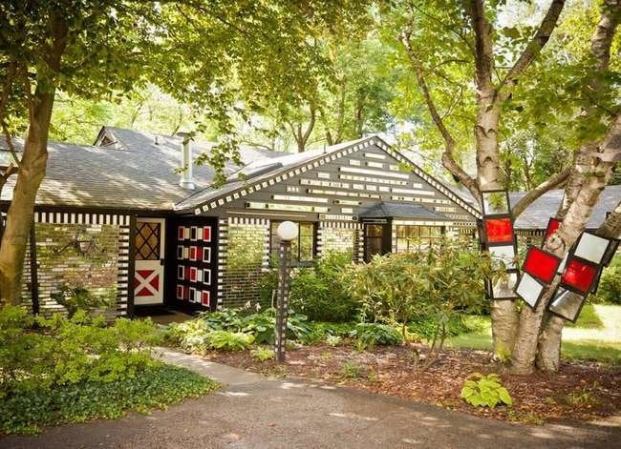We may earn revenue from the products available on this page and participate in affiliate programs. Learn More ›
Deadly Consequences
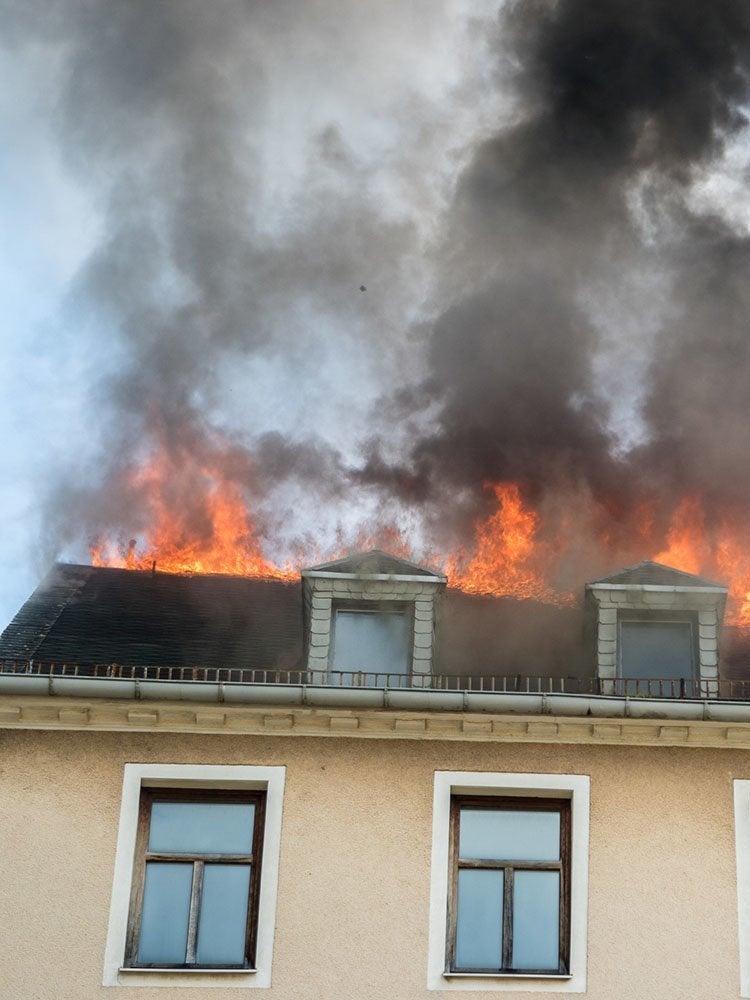
House fires are all-too-common disasters that leave destruction and tragedy in their wake. Fires that damage or burn down homes are usually the result of accidents, natural disasters or carelessness, although some are caused by malicious intent. While the house fires in this collection had a variety of origins, they all serve to remind us of fire’s awesome power and the serious consequences of underestimating or misusing it.
Arson at Frank Lloyd Wright’s Taliesin, 1914

The fire that destroyed Frank Lloyd Wright’s sprawling home in southwestern Wisconsin was set by one of his servants, Julian Carlton, during a murderous rampage that claimed seven lives, including those of Wright’s mistress and her two young children. The fire was not, however, the cause of the deaths. Carlton killed his victims with an ax and then tried to kill himself by ingesting hydrochloric acid. He died weeks later, without ever giving a reason for his grisly spree. (Shown here, Taliesin West in Scottsdale, Arizona.)
Arson at Malcolm X’s house in New York City, 1965

No one was killed in this arson attack on Malcolm X’s home in Queens, but no one was charged with a crime either. Malcolm X believed that the fire bombing was the result of growing tensions with the Nation of Islam. About a week after the attack, Malcolm X was assassinated by men with ties to the Nation of Islam.
Watson Street Fire in Glasgow, 1905
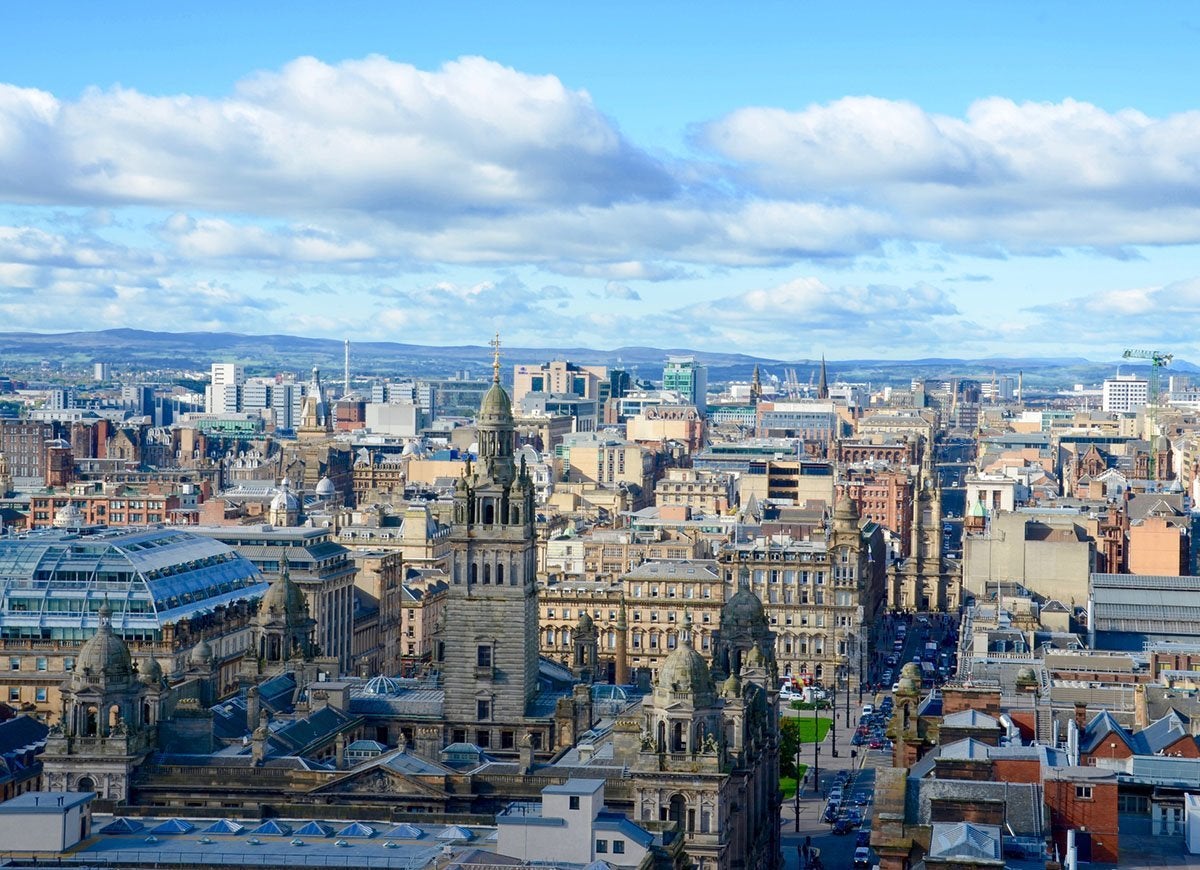
This fire at a Glasgow lodging house took the lives of 39 men and injured 24. Most of the more than 200 lodgers were asleep when the fire broke out, and it spread rapidly thanks to flammable building materials and a brisk wind. The men were crammed tightly into the rooms, and many were trapped on the upper floors. The tragedy drew attention to the lack of fire safety standards and spurred an inquiry.
Related: 10 Things Your Local Fire Department Wishes You Knew
West Wing Fire, 1929
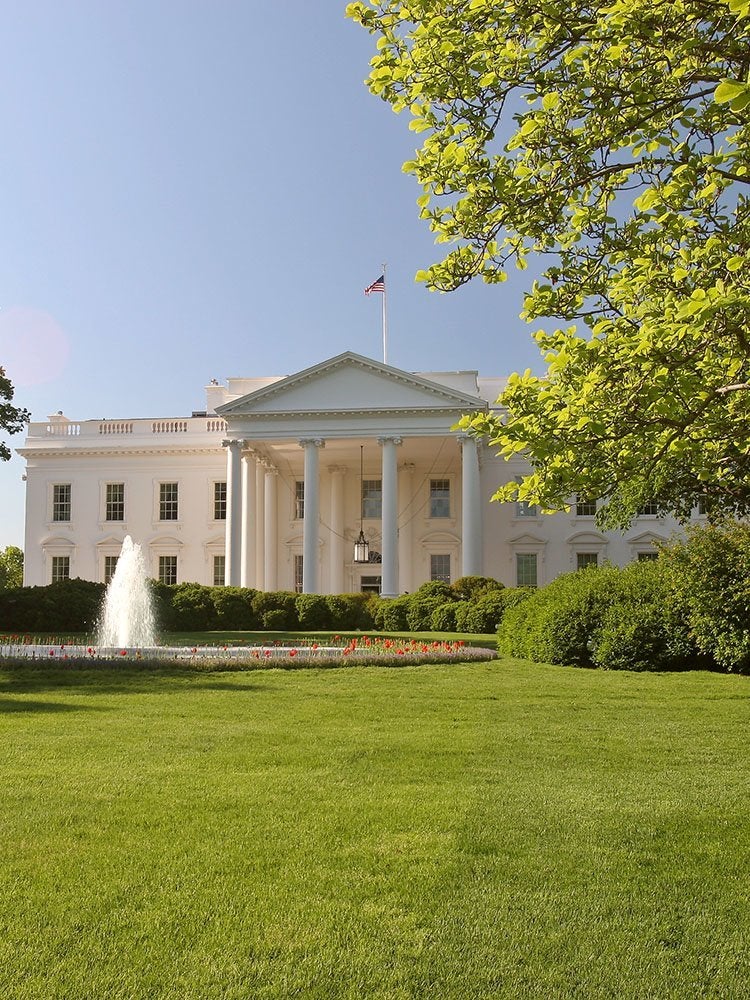
There have been two fires in the White House: the first in 1814, during the War of 1812 (when Dolley Madison famously rescued Gilbert Stuart’s portrait of George Washington), and the second in 1929, during Herbert Hoover’s presidency. This second fire, which was caused by faulty wiring, was much less dramatic than the 1814 blaze, but as it occurred on Christmas Eve just a week after the notorious market crash of 1929, it seemed particularly ominous.
The Esperanza Fire, 2006
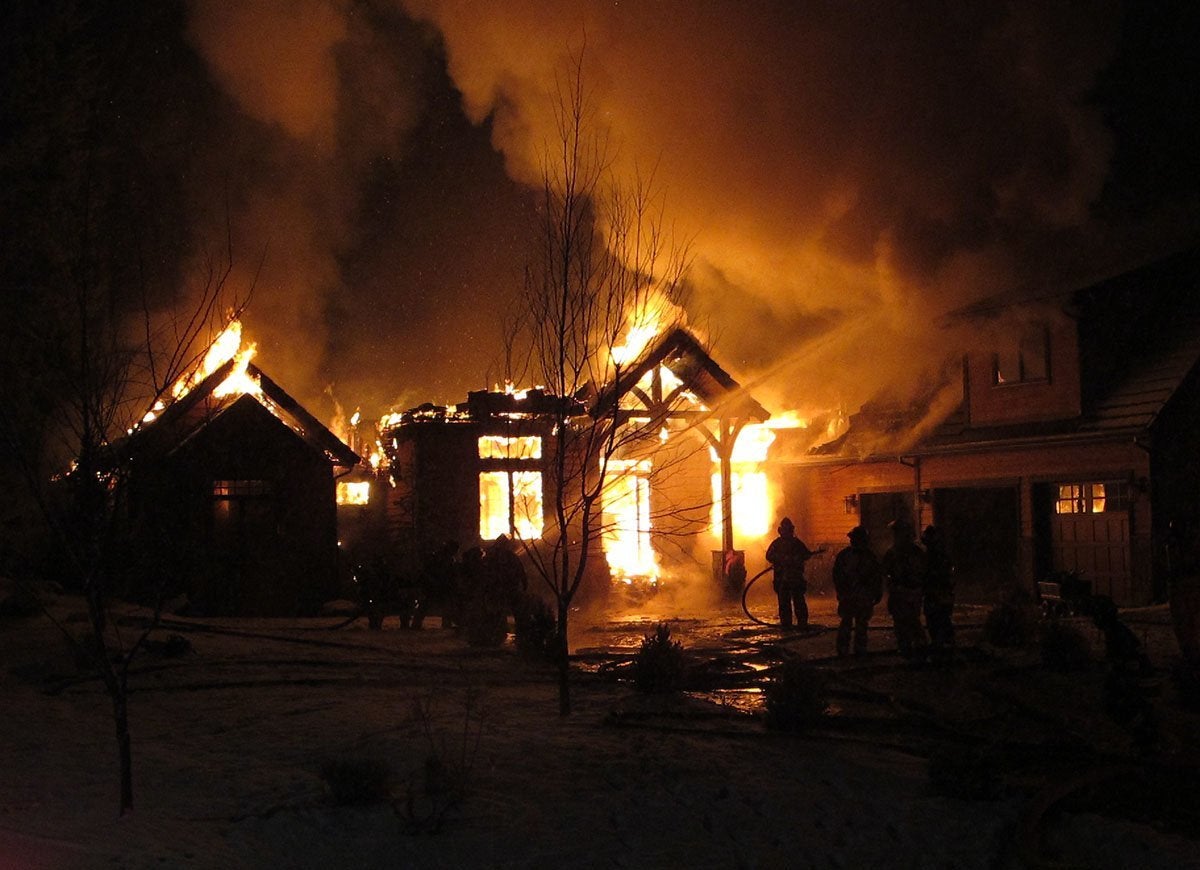
The Esperanza wildfire ravaged more than 40,000 acres west of Palm Springs, California, in October 2006 and burned down 34 houses, among them a vacant house known locally as the “Octagon.” Five firefighters perished in an attempt to save this house, which was ultimately destroyed. The cause of the fire was determined to be arson, and the culprit, Raymond Lee Oyler, was later connected to a string of other fires. He was eventually found guilty of murder and 20 counts of arson, and was sentenced to death.
Chau Tenement House Fire, 1962
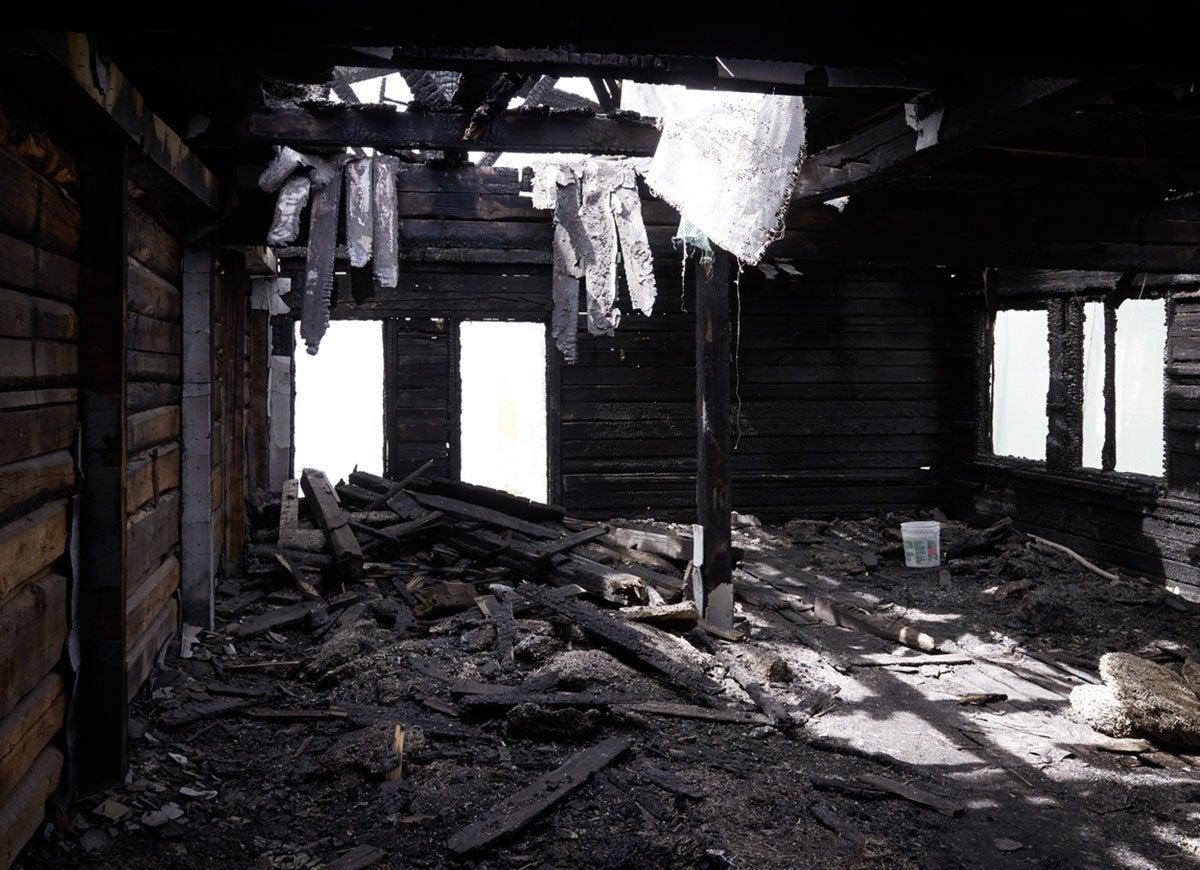
The Chau fire, which struck a crowded Hong Kong tenement in 1962, is one of the greatest tragedies on this list. The blaze was intensified by the presence of flammable materials, including a hefty quantity of stored fireworks. The fire roared through the tenement, trapping sleeping residents inside. The blaze killed 44 and left hundreds of people homeless. It was later discovered that there were no extinguishers in the area where the fire originated, which allowed the small flame to spread into a death-dealing conflagration.
Mark Hopkins Mansion Fire, 1906
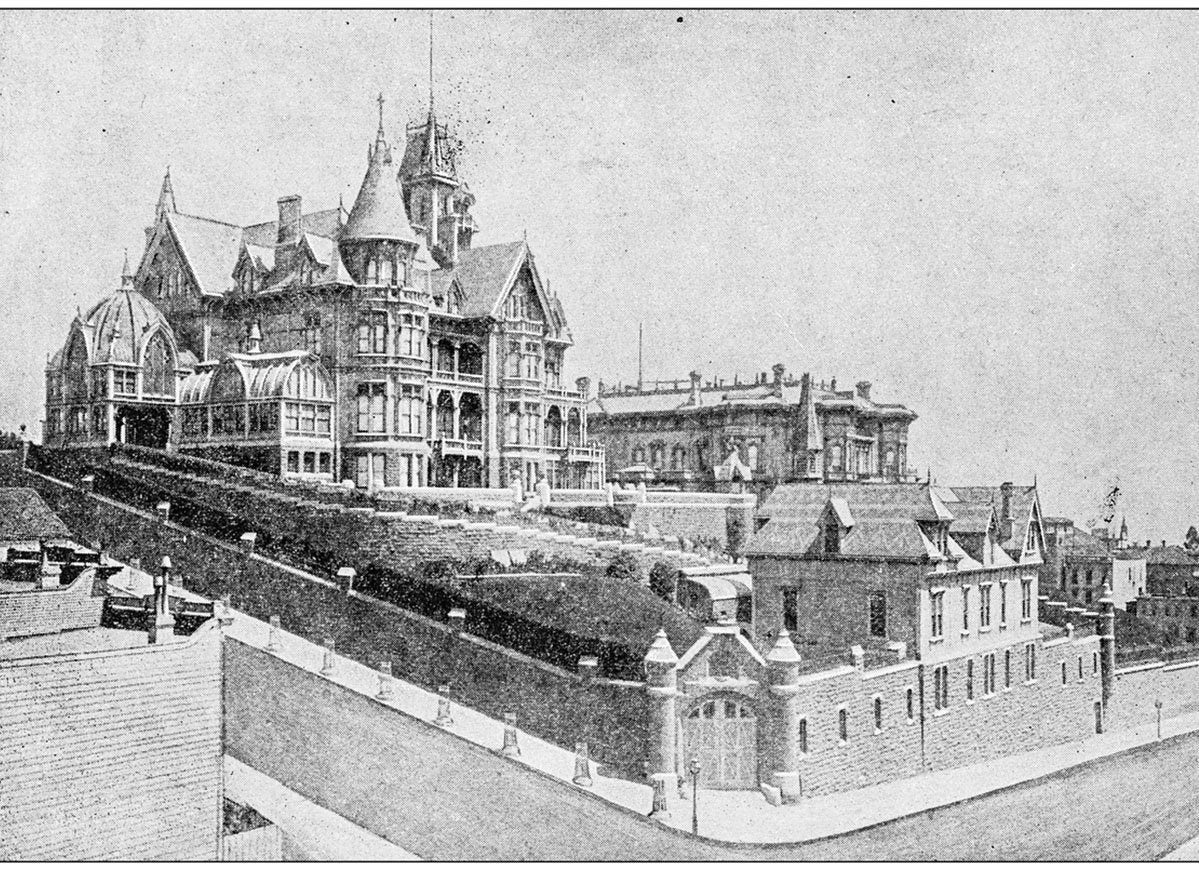
The Mark Hopkins Mansion was an ornate Gilded Age castle built at the top of Nob Hill in San Francisco, at a site that is now occupied by the InterContinental Mark Hopkins hotel. The mansion was commissioned by Hopkins, a founder of the Central Pacific Railroad, and construction began in 1875. The structure was completed in 1878, by which time Hopkins had died. After his widow’s death in 1891, the mansion was donated to the San Francisco Art Association. The sturdily constructed building survived the devastating earthquake on April 18, 1906, but fell victim to the subsequent fire.
Chateau du Triomphe Fire in Dallas, Texas, 2002

The 43,000-square-foot estate, worth more than $40 million, was burned practically to rubble while under construction in 2002. More than 100 firefighters toiled for hours to put a stop to the blaze. The challenge? The vast size of the mansion made it tough to keep the fire under control. Even the mansion’s built-in sprinkler system didn’t help to control the flames, which traveled through the open attic space. (There was also debate as to whether the sprinklers were active at the time of the fire, with the house still weeks from completion.) The fire was the largest in the city’s history, with damage totaling more than $20 million. In the end, the house’s demise serves as testament to the perils of excess.
